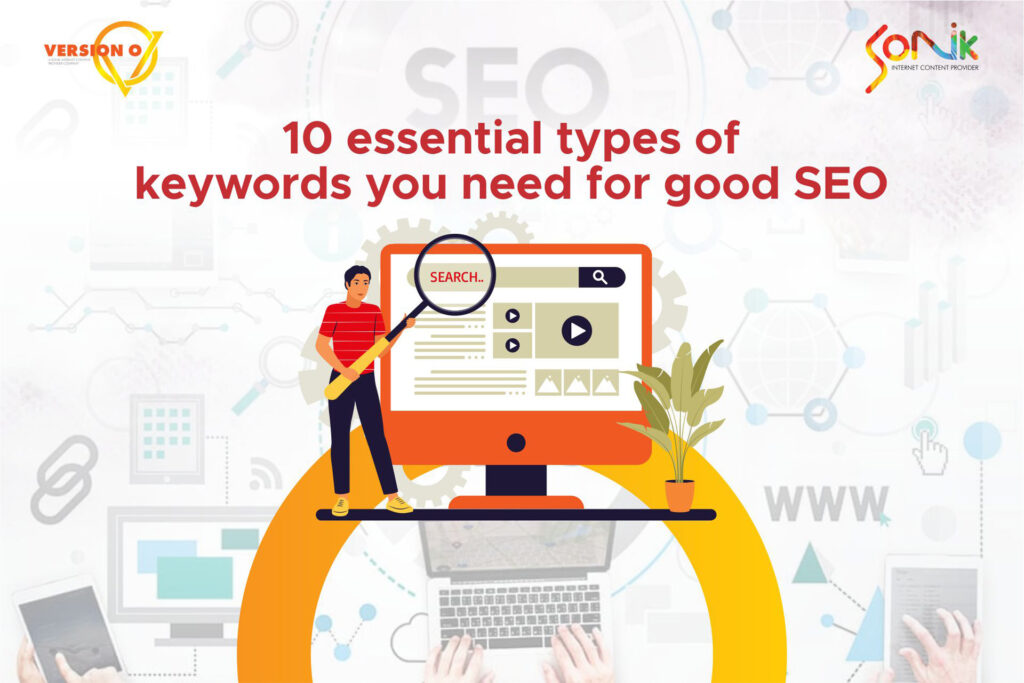Whether you’re an individual consultant (solopreneur), small business or large corporate, one thing is clear: excluding social media from your marketing mix is an absolute no-no.
Research shows that 9 out of 10 retail brands are present on at least 2 social media channels, while more than 80% of all SMEs use social media to target their customers as well.
If you’re going to conquer social in 2023, what you need first and foremost is a robust, tried-and-tested, effective social media content plan.
5 steps to create a strong social media content plan
1.Define your audience, platforms and goals
Who is your target audience? What demographics define them? What are their online shopping or browsing behaviours? Which platforms do they frequent? These are key questions to answer before you get started. Obviously, once you know all this, it’s also crucial to set some important goals or milestones that will help you measure your progress. This can include boosting brand awareness, increasing website visits, getting qualified leads, etc.
2.Do a thorough competitor analysis and define your pillars
The best way to find out what’s working in your field/niche is to see what your successful competitors are doing. Take valuable lessons from them and brainstorm ways for your brand to stand out. This will involve choosing your content pillars: key topics of messaging that will educate your customers about your products or services and make them choose you over your competitors.
3.Create a social media content calendar and implement it
Let’s get one thing clear: you can’t fly by the seat of your pants on social. You need a plan, you need a calendar – and most importantly, you need to implement both effectively. Most brands create at least a monthlong calendar in advance. We’d advise a 3-month calendar, with all important dates and events chalked in to make sure you don’t miss anything.
4.Measure your performance and engagement with tools
First, you must engage regularly with your followers: respond to messages, answer questions, and handle any complaints that might arise. Next, you need to use tools to measure your performance on various social metrics. This will help you to track your progress and see what’s working and what’s not. There are a number of both free and paid tools you can use for this.
5.Measure your performance and engagement with tools
Just measuring metrics isn’t enough. You need to consistently and continuously evaluate your performance and identify areas of improvement. Whatever is working well can be boosted for higher engagement. Whatever isn’t working must be analysed and tweaked – and, if necessary, dropped from your content plan altogether.
Top tip: It may be useful to create a custom strategy for every social platform.
This is because each one serves a different audience and purpose. Surveys show that more than 50% of businesses don’t do this – instead, they share the same content on multiple platforms with very few or no changes at all. Only slightly less than 20% of marketers create unique content for each platform – so this is definitely an area that can help you stand out.2
Overall, for your content strategy to succeed on a particular social media platform, you need to understand its unique features and tailor your content to suit that platform’s audience.
5 key benefits of a strong social media strategy for SMEs
- Cost-effectiveness: Small and medium-sized businesses are often looking for cost-effective ways to promote their business online and drive qualified leads. Organic social media marketing can be one such relatively low-cost way for SMEs to reach their target audience and build brand awareness.
- Increased visibility: A strong social media presence can be useful for small businesses or even start-ups to boost their online visibility. Done right, it will help them get found more easily by potential customers who are searching for products or services provided by those companies.
- Effective customer engagement: Today’s customers prefer to interact with brands on social media. So, a robust social strategy gives SMEs an easy way to engage with customers, respond to their inquiries, and build relationships.
- Competitive advantage: Having a solid social media strategy can give smaller businesses a key advantage over others in their field, helping them stand out and cover more ground.
- Deeper customer understanding: The sheer amount of data available through social media analytics can provide valuable insights into customers’ preferences, which can be used to improve products or services and stand out amid the competition.
So, with all this in mind, the inevitable conclusion is that a well-thought-out, properly planned social media strategy can help businesses of any size grow and succeed in today’s digital world.
Need help? Contact us and we’ll give you a free consultation on your 2023 social media strategy!
Liked this article? Make sure to follow our blog for more updates – and follow us on Instagram, LinkedIn and Twitter too for regular tips and tricks!
References:
- Search Engine Monkey, Social Media Marketing Statistics
- Hootsuite, Research – Social trends





